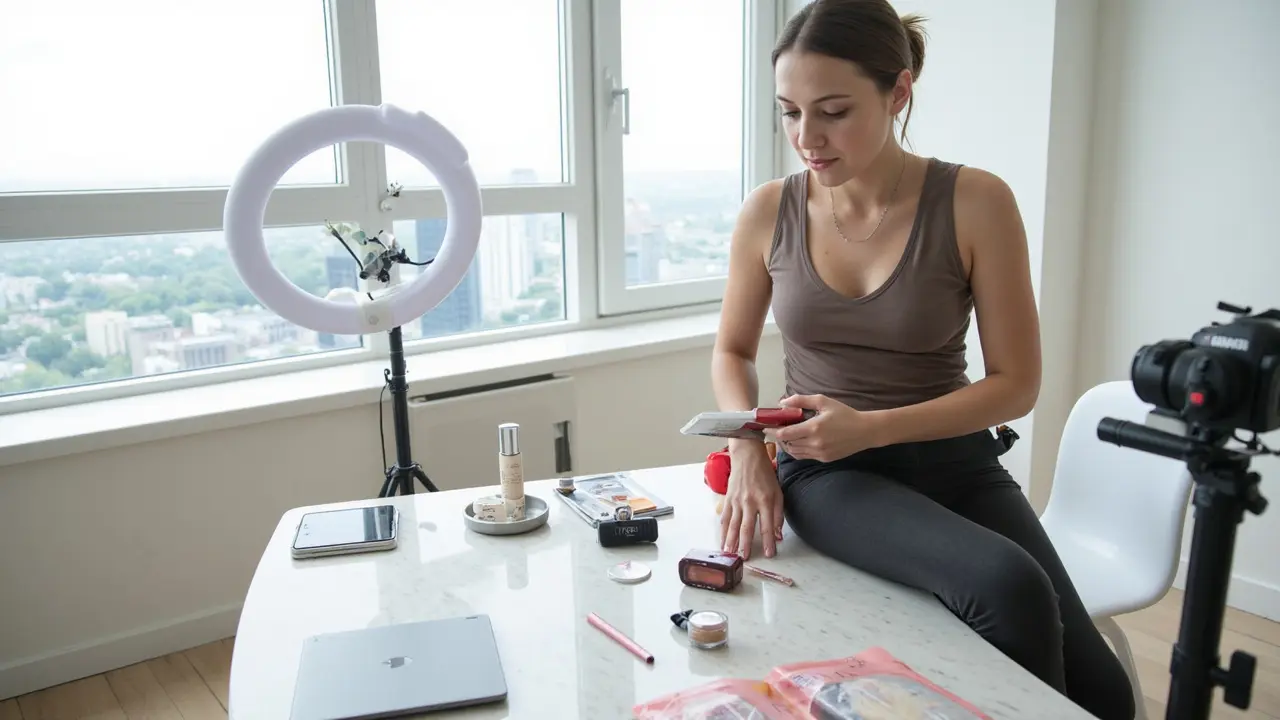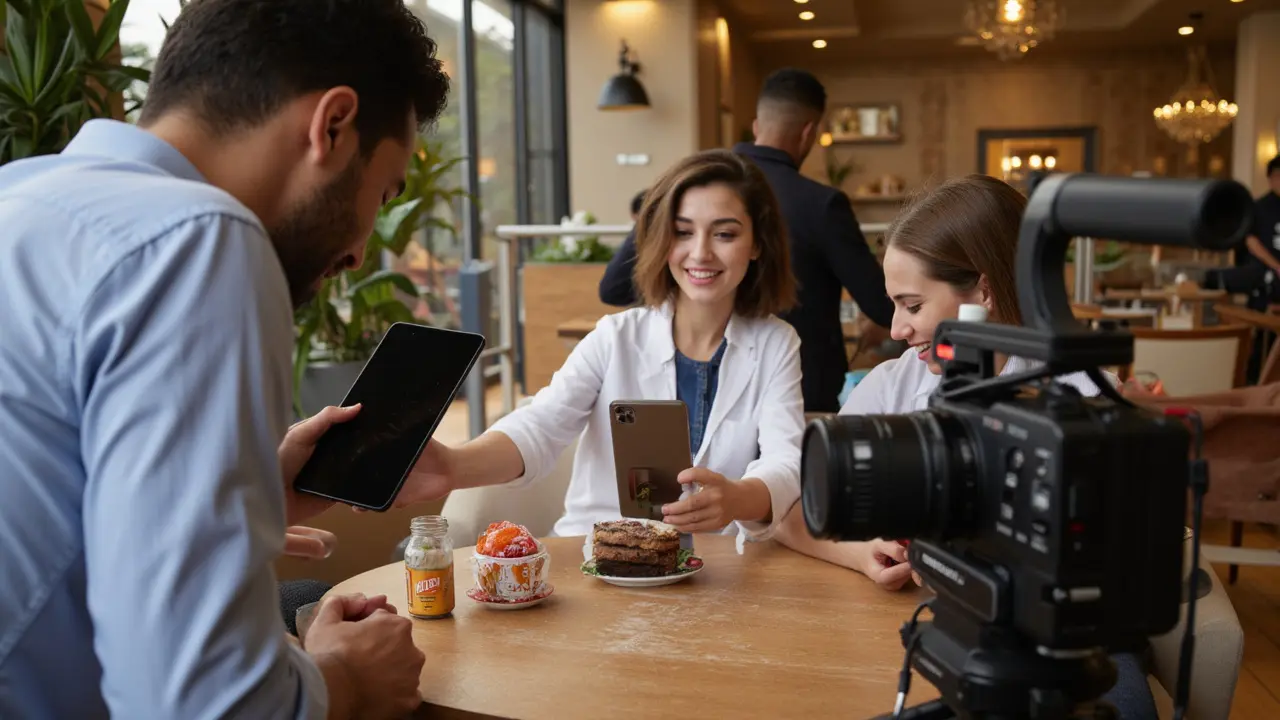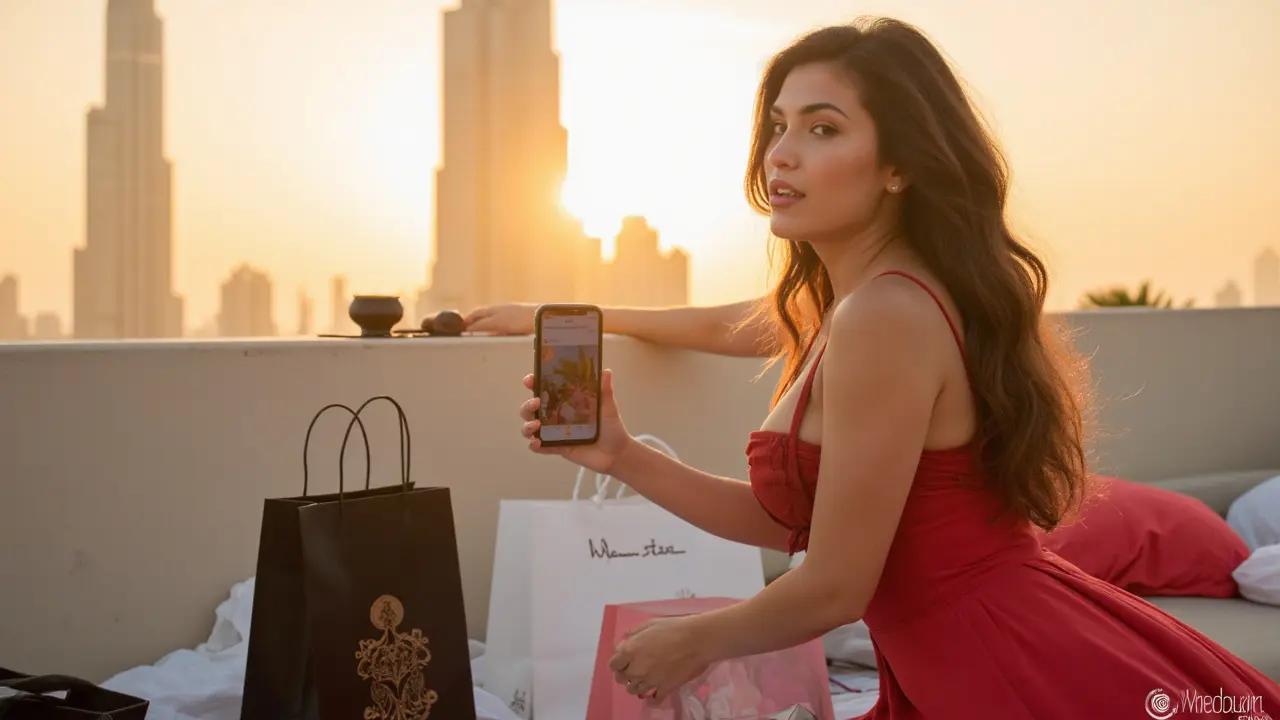If you scroll through Instagram, those perfectly edited shots of poolside breakfasts and sun-kissed skin look almost dreamlike. But here’s a spicy fact—some of those Instagram models raking in likes are also raking in cash. The question pops up all the time: do these digital beauties really get paid, or are they just flaunting freebies and chasing followers? Spoiler alert: yes, some Instagram models make genuine, sometimes eye-watering, money. But the story isn’t as simple as clicking ‘post’ and watching the bank balance grow. There’s work, hustle, and a bit of strategy behind every glossy coffee shot or bikini pic.
How Instagram Models Actually Get Paid
Let’s break down exactly how this works. Instagram is a living, breathing marketplace—brands, agencies, and fans all want a slice of attention. Models can earn in a few major ways: sponsored posts, brand ambassadorships, affiliate links, pay-per-click links, and sometimes, straight-up cash for using certain products on camera. The real money starts to flow when a model builds loyal followers—think tens of thousands, at the very least. Micro-influencers with about 10,000 to 50,000 followers often get products and small payments. But once you hit 100,000 followers, brands start offering real rates, anywhere from $500 to several thousand dollars per post, depending on your engagement and niche.
Big names like Sommer Ray, Tammy Hembrow, and Dubai’s own Leena Al Ghouti have built six-figure incomes from Instagram alone. Here’s a fun tidbit: According to Hopper HQ’s 2024 Instagram Rich List, some models can charge over $50,000 for a single promotional post if they have several million followers. Even at smaller scales, a model with 50,000 engaged followers (meaning they get likes and comments, not just ghost followers) could earn from $250 to $1,000 a post. You won’t see this in your bank overnight—the income depends on your audience, the brands you attract, and how well you negotiate.
Think of Instagram modeling like freelancing in the fashion space. You’re selling attention and influence, not just pretty selfies. That means top earners are more than just attractive—they understand content, personal branding, analytics, and business negotiation. Some even work with agencies or managers to broker deals and manage contracts. And yes, sometimes you’ll see models posting about ‘brand gifts’ or ‘adventures’—these are often paid trips or PR packages, which count as indirect income (even if no cash changes hands).
Not all deals are aboveboard, though. There are stories of brands promising exposure instead of payment, or models being paid late. A clever Instagram model knows how to read contracts, chase invoices, and demand fair compensation. If you’re savvy and strategic, you can negotiate better rates than what a brand offers upfront—especially for long-term collaborations.
For anyone curious about side hustling as an Instagram model in 2025, here’s a sample rate chart based on real data collected by UAE-based influencer marketing platforms:
| Followers Count | Average Payment Per Post (USD) |
|---|---|
| 5,000-10,000 | $100-$250 |
| 10,000-50,000 | $250-$1,000 |
| 50,000-100,000 | $1,000-$5,000 |
| 100,000-500,000 | $2,500-$10,000 |
| 500,000-1,000,000 | $8,000-$25,000 |
| 1 million+ | $10,000-$50,000+ |
The rates depend on more than just numbers. Engagement rate (how many people actually interact with posts) has become the secret ingredient. If you have a small but loyal crowd who genuinely comment, ask questions, and DM you after every post, you can actually earn more than someone with millions who barely stirs a response. Agencies like Vamp and The Influencer Model Agency in Dubai are scouting fresh faces, not just big numbers.
Another little-known fact: Models often supplement their income with OnlyFans, Patreon, or selling photo sets directly to fans. It’s a side hustle that leverages their Instagram fame but gives them more control and higher earnings per follower. Be aware, it takes consistency, thick skin, and major time management skills. The job isn’t just clicking selfies—there’s admin work, daily hustling, networking, and keeping up with algorithms too. Instagram fame is fickle; models often have backup income streams from TikTok, YouTube, or even launching their own merch or beauty lines. Dubai-based influencers often partner with luxury hotels, car brands, and high-end fashion labels—the city is a hotspot for influencer marketing, thanks to its global image.

What Drives Instagram Model Earnings—And How To Succeed
So you’re wondering, what really decides how much a model gets paid on Instagram? It’s a mix of the following: follower count, engagement, niche, content quality, and market demand. Let’s break these down.
- Follower Count: The more (genuine) followers you have, the more your posts are worth. But fakes and bots ruin your rates—it’s all about real, active people.
- Engagement Rate: A model with 20,000 followers and a 10% engagement might earn more than a model with 100,000 followers and 1% engagement rate. Brands want interaction, not just empty likes.
- Niche: Is your content on fitness, travel, luxury, or lifestyle? Niche topics can command higher rates. For example, Dubai-based fitness influencers are in high demand for activewear and supplement brands.
- Content Quality: Professional photos that tell a story work better than bland product placement. Creative storytelling sets top models apart.
- Market Trends: What’s hot today could be gone tomorrow. Influencer rates in 2025 are influenced by TikTok trends, global events, and platform algorithm changes. Stay flexible.
- Location: Dubai is a magnet for luxury brands, so Instagram models here often get better deals than those in smaller markets.
Fans love authenticity more than ever. More often than not, followers spot forced or fake posts from a mile away. If you want to win at this game, build a brand that matches your real self. That might mean sharing daily life, fitness journeys, honest product reviews, or even the ‘behind the scenes’ highs and lows. It’s tempting to fake a fabulous life, but the best-paid models know that being relatable sells just as well as being aspirational.
Another crucial insider tip: network like it’s your second job. Attend local Dubai events, collaborate with hotels, shoot with photographers, make friends with content creators. Most brand deals don’t just slide into your DMs out of nowhere; they’re built on relationships. Agencies like The Dubai Model Network and PR agencies host influencer events specifically for this reason—to connect brands and models, so everyone makes a profit.
So how do you get noticed? Here’s a checklist for budding models in Dubai or anywhere:
- Post consistently—at least 3-5 times a week
- Work on high-quality, unique imagery
- Engage actively with followers (comments, stories, lives)
- Tag relevant brands and locations
- Use trending hashtags, but don’t spam
- Collaborate with other local influencers
- Respond to DMs quickly
- Always read contracts. Don’t accept “only exposure” deals unless it opens exciting doors
- Manage your finances—track income and expenses, and put aside money for taxes
- Stay alert for scams—trust your gut if an offer seems off
If you’re serious, consider a professional media kit—a simple PDF or website with your stats, best photos, past collaborations, and contact info. You’d be surprised how many brands vet a model this way before sending an offer.
Some Instagram models go on to become ambassadors, meaning they sign longer partnerships with one brand and represent it online and sometimes in real life, like at launch events in Jumeirah or the Dubai Marina. These deals are worth far more than one-off posts—sometimes $20,000 or more, especially for luxury labels. And if you’re multi-lingual or bring a unique local touch (thinking Arabic captions, desert shoots, or Dubai skyline backdrops), you’re in even higher demand for international brands.
Caution: fame is fleeting. Platforms change, audiences grow up, and brands always want something fresh. The best Instagram models build skills outside of social media—writing, photography, makeup, even digital marketing—so they’re never stuck if the algorithm shifts. The upshot? Don’t just ride the Instagram wave—learn to swim beyond it.

FAQ and Fast Facts about Getting Paid as an Instagram Model in Dubai
Let’s clear up some of the top questions and myths about Instagram model payments, especially in the Dubai scene.
- Do you have to have millions of followers? Not at all. Brands often prefer micro-influencers with 5,000 to 50,000 highly engaged followers. Dubai-based gyms, beauty clinics, and restaurants regularly partner with up-and-coming models for targeted campaigns.
- Is it mostly product gifts? At first, yes. As you grow, expect more cash offers for posts, stories, and reels. In 2025, most Dubai brands pay at least AED 1,000 ($270 USD) per post for someone with 20,000 true followers.
- Are there contracts? Serious brands (especially luxury, travel, and automotive) do contracts. Read thoroughly, check for payment terms, and clarify copyright on your content.
- How often do Instagram models get paid? Payment schedules vary—some brands pay upfront, others after deliverables (posting the agreed photos/videos). Watch for 30-day or even 60-day terms with international companies.
- How can I join an influencer agency in Dubai? Agencies like Vamp Middle East, Tiktokers Dubai, and The Influencer Model Agency have open applications. You’ll need recent, high-quality photos and proof of engagement stats. Some accept DMs or email pitches.
- What about taxes? Dubai offers plenty of tax advantages, but if you transfer income abroad or work with international brands, report it properly in your home country. Keep receipts and payment records (screenshots help too).
- What can go wrong? Watch for fake brands, late payments, or high-pressure contracts. New models sometimes sign exclusivity without realizing it can block them from more lucrative future deals. Always ask about deliverables and usage rights before posting.
- Can Instagram modeling become a full-time job? Yes, for some. Many Dubai models started as students or part-timers but moved full-time when income topped AED 15,000-30,000 ($4,080-$8,170 USD) a month. That’s rare but real for those who treat it like a business.
- How do Instagram models stand out in 2025? By injecting local influences—iconic Dubai backdrops, collaborations with homegrown brands, and real storytelling (think desert safaris, luxury hotels, and honest behind-the-scenes). Models who mix aspiration with authenticity win more deals and long-term fans.
| Instagram Modeling | Traditional Modeling |
|---|---|
| Flexible work, online-first, paid per post, open to anyone with strong content | Fixed contracts, castings, limited to those meeting agency requirements |
| Global reach, builds own brand, direct deals with companies | Local or agency-driven, little control over campaigns, managed by third parties |
| Income varies by audience and engagement, chance to diversify into multiple platforms | More stable pay, but less flexible; usually pays based on time or project |
| Self-promotion and digital skills crucial, influencer networking required | Physical castings, test shoots, agency relationships matter most |
There’s a lot happening behind each square on Instagram. The truth? Paid modeling isn’t handed out like freebies—it’s earned with strategy, networking, and that special knack for turning followers into real, lasting fans. If you dream of making money on Instagram, the route is open, but it’s a world of work behind the glitzy shots. Ready to turn your feed into your business?
